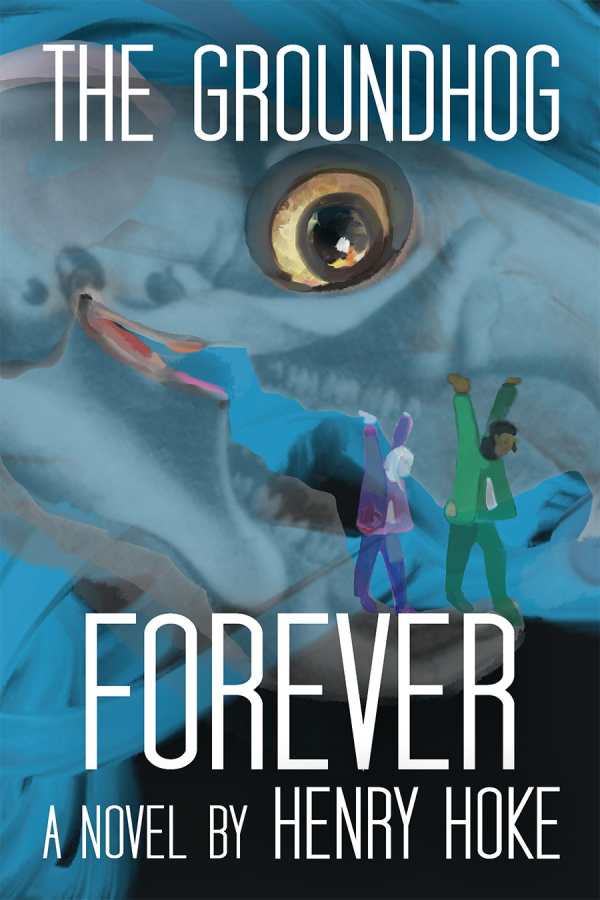The Groundhog Forever
In Henry Hoke’s novel The Groundhog Forever, characters search for answers to questions both trivial and existential.
Two film students in early twenty-first-century Manhattan find themselves trapped in a time loop, repeating the same day over and over. It’s a scenario that echoes the film Groundhog Day; the star of that film, Bill Murray, happens to make a guest appearance at their class’s viewing of the movie, a process that repeats itself daily.
Around this framework, the students, Sam and Anna (called Thing 1 and Thing 2 because of their matching hair-swoops), spend their endless cycle of April 27ths experimenting, changing their decisions and movements each day. They follow Murray as he leaves the class; they create a plan to confront Thing 1’s ex-girlfriend. After the novelty of minor adjustments has worn off, a traumatic event prompts them to reflect on mortality and the September 11, 2001, attacks, which they call “the long bad day.”
The book is not bound to comedy like the film it’s inspired by; its freer structure allows for deeper explorations of the ramifications of a time-loop scenario. Written in a style that veers from quirky weirdness to deep contemplation, the book takes a daring, experimental approach, incorporating poetic verses and making extensive use of blank spaces. While these methods sometimes tread close to preciousness, they succeed in revealing, by layers, the emotional resonance of the characters. The book delivers a literal, convincing message about the value of living in the present and making the most of every day: “We’re all immortal, as far as we will ever know, and at some point we don’t get to find out what happens next.”
Unique and universal, The Groundhog Forever is a wild narrative ride: inquiring, intriguing, idiosyncratic, and entertaining.
Reviewed by
Peter Dabbene
Disclosure: This article is not an endorsement, but a review. The publisher of this book provided free copies of the book to have their book reviewed by a professional reviewer. No fee was paid by the publisher for this review. Foreword Reviews only recommends books that we love. Foreword Magazine, Inc. is disclosing this in accordance with the Federal Trade Commission’s 16 CFR, Part 255.

